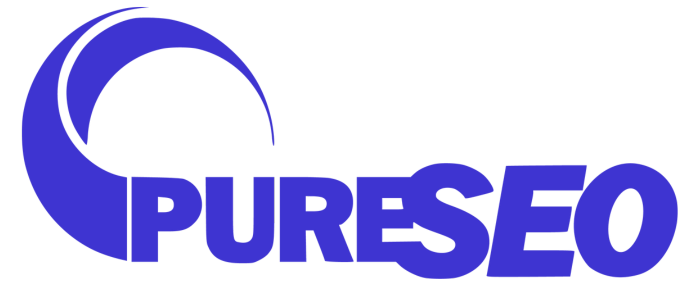Google Display Network
The Google Display Network reaches in excess of 80% of the world’s Internet users with over 6 billion daily impressions. As part of Google AdWords, advertisers have the ability to appear on the display network: third party websites that show Google image ads.
One of the most effective means of generating brand awareness and recognition is to use image adverts on the Google Display network (GDN).
The GDN is very powerful because it gives the advertisers many options to target and reach the audience they want.
Contextual or Keyword: it is possible to target websites with a list of keywords related to the products or services. This must be the most common targeting option. Creating a keyword list for the GDN is different from the Search network. The key is to list keywords by theme.
Affinity: this is based on the users’ browser history. As users search the web, cookies are installed on their computer. If some users regularly search and go on website about a distinctive subject (affinity), then those users would enter a certain affinity. (example: users who read movie critics, and regularly consult movie time etc… would fit into the Movie Lovers category)
In-Market: In-Market targeting is slightly different to Interest targeting. This category is based on the users’ browser history as well, but also on their social shares and reviews. This is why the In-Market segment is more about users who are further down the buying funnel: they are ready to buy.
Retargeting: Just as on the Search network, retargeting (or remarketing) can be used on the GDN.
Placement: Advertisers can choose the websites where they want their ads to be appearing on. Therefore, they have the control of choosing and knowing who is going to see their ads. It is an opportunity to target users who have a specific interest. (example: you sell eco-friendly bamboo products and you target websites related to environment and eco-friendly lifestyle)
Why should you use the Display network?
Branding: Just by being present and visible on the web can create trust and knowledge for your brand. Put your brand out there, make your ads scream: “Look at me, my products are great!”, and half of the work is done! On a long term basis, have the goal of becoming a top of mind brand using all the marketing activities available to your business.
Create demand: By being visible on the GDN, you can create the need or demand for your product. It is not a surprise that today, people are so influenced by what they see (on TV, in the street, social media etc…), we want what we see. Lucky for you, the GDN offers great exposure and visibility of your ads. Of course, your ads have to be top-notch and appealing!
Specific targeting: As said above, the multiple targeting options offered by the GDN is a big bonus! Needless to say you can also combine and mix those options to be as targeted as possible. Why does that matter? By using several targeting options, you certainly decrease the audience of your ads BUT the audience is so targeted, that the users are the ones who are the most interested in what you have to sell. Also, you can use the demographics or geographic data to create highly targeted ads. You wouldn’t advertise your product to young people the same way you do to elderly, right?
Traffic on the website: It is so easy to click on an ad just as when we click the ‘Like’ button on Facebook. Because the number of impressions of your ads increases a LOT when you undertake Display, the CTR goes down. But not to worry, the GDN can generate a lot of clicks!
Google Remarketing and Retargeting
Have you ever felt like you’re being followed?
Google remarketing is a great method of getting the most out of image adverts. Remarketing means your adverts ‘follow’ potential customers wherever they go online (excl. places that do not display adverts). Retargeting is aiming your ads to re-engage with potential customers or segments, so that you make it easy for them to choose and engage with your brand.
How does it work? When someone visits your website, Google leaves a cookie on their computer, which in turn tells the advert to follow them for a set period of time. It works brilliantly because it keeps your company top of mind.












